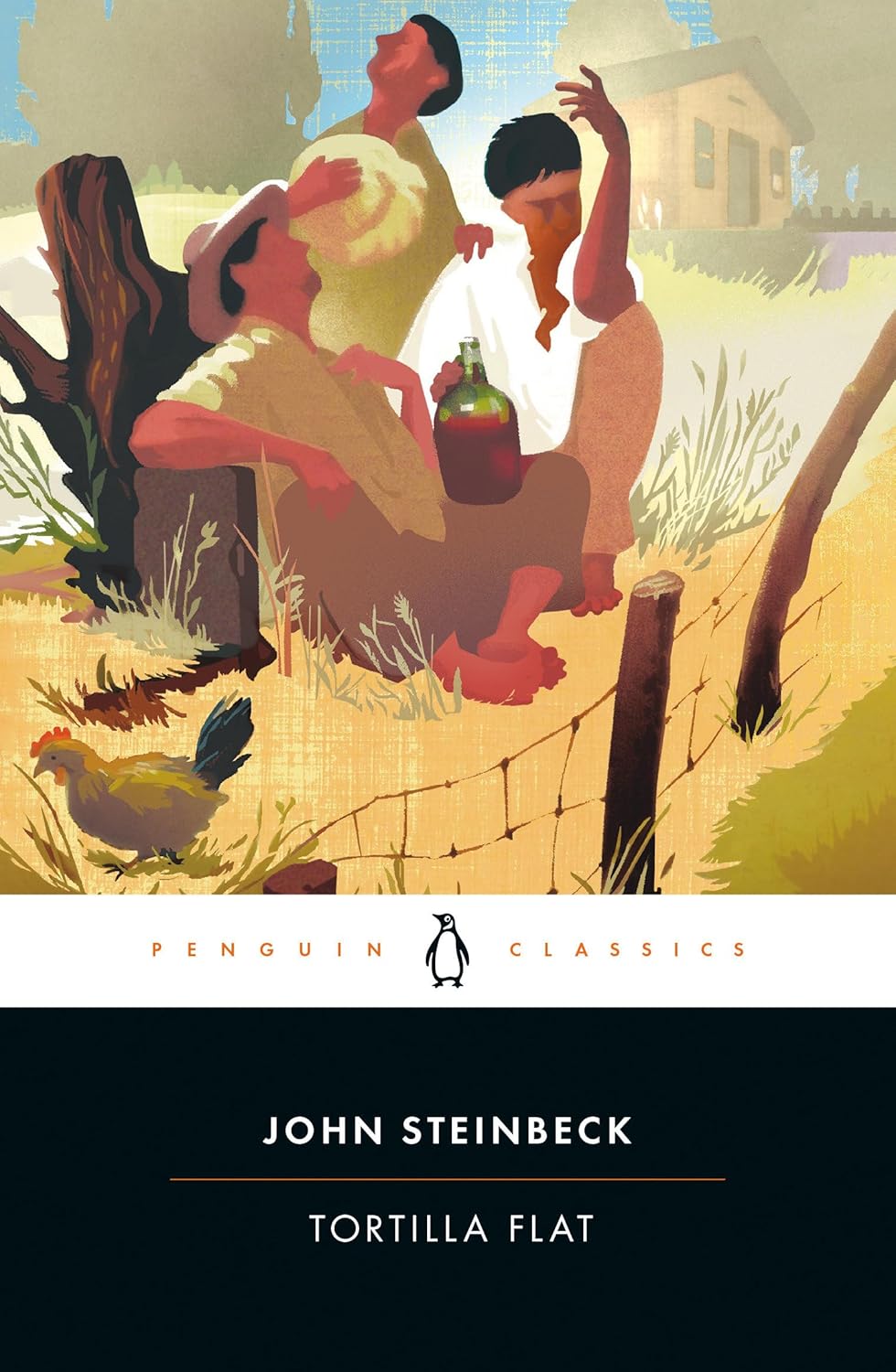
Sweet Thursday
Book Description
Amidst the sun-drenched streets of Monterey, the tides of love and friendship ebb and flow in a vibrant tapestry of life. As relationships bloom and falter, the eclectic townsfolk navigate the complexities of loyalty, ambition, and the pursuit of happiness. The gritty charm of Cannery Row is alive with laughter, heartache, and unexpected connections. A widow’s longing and a painter’s dreams collide, revealing the fragility of hope in a post-war world. When secrets surface and choices weigh heavily, can the inhabitants of this eclectic haven learn to embrace the sweetness of life? What happens when the heart dares to dream again?
Quick Book Summary
"Sweet Thursday," John Steinbeck’s sequel to "Cannery Row," returns to the sun-soaked shores of Monterey after World War II. The novel follows Doc, the local marine biologist, as he grapples with loneliness and a sense of directionless after returning from wartime service. Cannery Row is populated by an array of eccentric townsfolk, including the well-meaning Mack and his crew, the insightful Dora, and the alluring Suzy – a newcomer whose arrival stirs hope and change. As Doc and Suzy’s tentative romance grows, the community rallies to bring them together, all while struggling with individual dreams and disappointments. Through humor, warmth, and poignancy, Steinbeck explores resilience, the power of community, and the enduring spark of hope in ordinary lives.
Summary of Key Ideas
Table of Contents
The Resilience of Community
The residents of Cannery Row are still reeling from the changes brought by the Second World War. Businesses have shuttered, friendships have shifted, and Doc, the marine biologist and spiritual anchor of the community, finds himself aimless and melancholic. The once-thriving row now runs on memories and the daily routine of its quirky inhabitants, who each seek purpose in the altered landscape. Amidst their struggles, lighthearted camaraderie remains, setting the tone for the story’s blend of humor and wistfulness.
The Search for Meaning in Post-War Life
Doc’s internal restlessness propels much of the narrative. He is respected and loved by the community, yet his sense of direction falters. The return from war has left him questioning his place and longing for a deeper connection. The inhabitants – from Mack and the boys, who concoct elaborate yet well-meaning schemes, to Dora and her girls at the Bear Flag brothel – notice Doc’s malaise and wish to help him, believing that happiness for Doc might uplift them all.
The Fragility and Hope of New Love
The arrival of Suzy, a wide-eyed but tough drifter who finds work at the Bear Flag, injects fresh energy into the Row. Her unconventional charm and vulnerability immediately draw the interest of both the community and Doc. Their awkward, gradual courtship forms the heart of the novel, illuminating the universal search for love and acceptance amid personal insecurities and social judgments. As Doc and Suzy test the boundaries of their own desires and fears, the tension between isolation and intimacy unfolds.
Humor as a Coping Mechanism
Central to “Sweet Thursday” is how the community bands together, determined to guide Doc out of his gloom and see him paired with Suzy. Their antics — by turns comic and touching — underscore the resilience of human bonds. Despite their own troubles, Mack and the boys, alongside Dora and her crew, devise a plan to orchestrate happiness for their friends, exemplifying the transformative power of collective goodwill.
Transformation and Second Chances
Throughout the novel, Steinbeck weaves lightness into hardship, using humor and gentle irony to soften the edges of despair. Each character, from the philosophical Hazel to the irrepressible Mack, displays both flaws and tenderness. Ultimately, “Sweet Thursday” is a meditation on second chances, illustrating that in the give-and-take of daily life, the possibility for sweetness endures, so long as people remain open to change, connection, and the dreams of the heart.
Download This Summary
Get a free PDF of this summary instantly — no email required.





